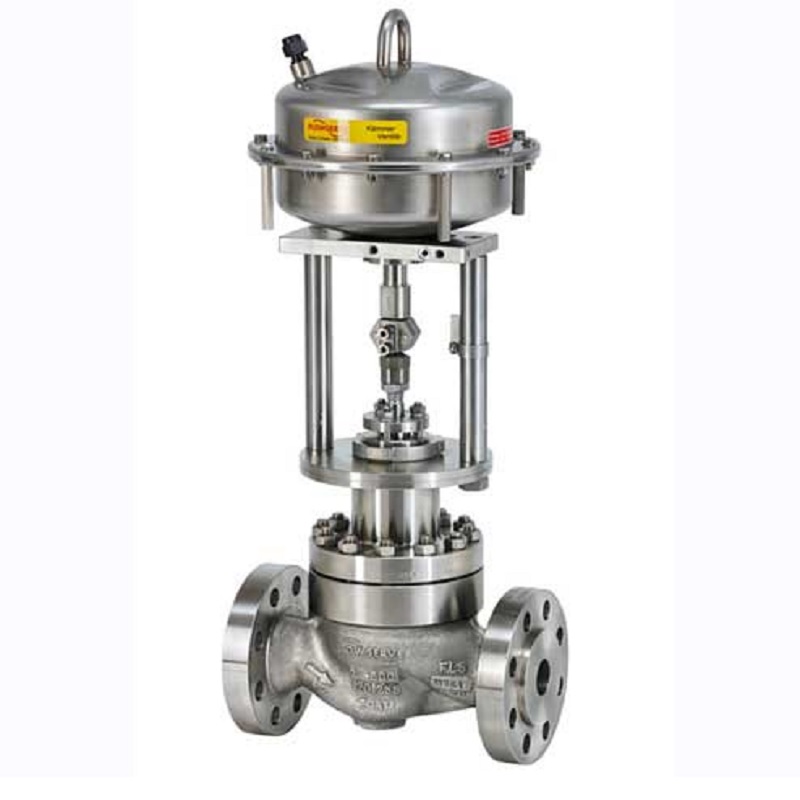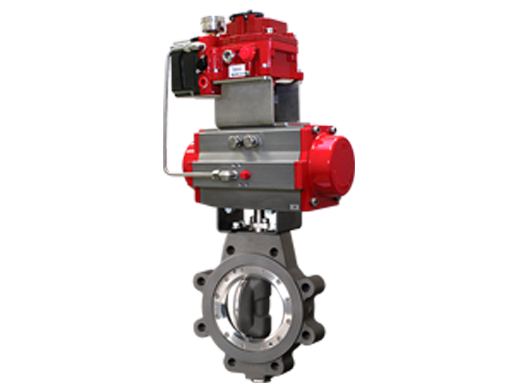Crucial Aspects to Take Into Consideration When Picking Control Valves
Crucial Aspects to Take Into Consideration When Picking Control Valves
Blog Article

Maximize Power Savings and Convenience With Advanced Structure Automation Controls
In the world of modern-day design and facility administration, the combination of advanced structure automation manages stands as an essential improvement. The merging of modern technology and sustainability has actually birthed a new era where power performance, convenience optimization, and functional streamlining are no much longer far-off goals but possible truths. By using the power of automation, buildings can adjust, react, and evolve in manner ins which were when unimaginable. The potential for substantial energy financial savings and improved convenience is not just a possibility however a guarantee waiting to be fulfilled. This standard shift in building monitoring holds the essential to unlocking a globe where ecological conscientiousness and occupant wellness sympathetically exist together within the wall surfaces of our structures.
Energy Performance Benefits
Power efficiency benefits can substantially lower power usage and functional costs in buildings. By executing energy-efficient methods and technologies, building owners and operators can accomplish substantial savings while also contributing to environmental sustainability. Among the primary advantages of enhancing energy effectiveness in structures is the reduction of utility bills. Energy-efficient systems, such as sophisticated building automation controls, can enhance the usage of sources like cooling, lighting, and heating, resulting in lower energy costs gradually.
Additionally, boosted power effectiveness can prolong the life-span of structure tools and systems. By running much more efficiently, heating and cooling systems, light, and various other structure components experience much less deterioration, resulting in minimized upkeep and substitute expenses. Additionally, energy-efficient buildings commonly command greater property worths and rental rates, giving long-lasting financial advantages to proprietors.
Moreover, energy performance can improve occupant comfort and performance. Appropriately regulated interior settings with ideal lights and thermal problems produce an even more enjoyable and helpful office, leading to enhanced staff member fulfillment and performance. On the whole, the energy performance advantages associated with sophisticated building automation controls are diverse, incorporating cost savings, ecological stewardship, and owner wellness.
Boosted Convenience Control
Enhancing comfort control in building environments requires a sophisticated combination of advanced automation systems for ideal owner well-being. By utilizing sophisticated structure automation controls, centers can customize the interior setting to satisfy the particular demands and choices of passengers. These systems enable accurate policy of temperature level, lighting, and ventilation, developing a comfy and effective ambience. Occupant complete satisfaction and efficiency are carefully linked to thermal comfort, making it necessary to have systems in area that can adjust to transforming problems in real-time.
By incorporating these sophisticated controls, buildings can not only boost comfort yet also boost energy effectiveness by maximizing system operations based on actual occupancy and use patterns. Ultimately, prioritizing owner comfort via advanced automation systems leads to a much more delightful and healthier interior environment.
Functional Performance Improvements
Moreover, the execution of real-time monitoring and analytics tools makes it possible for building operators to recognize energy inadequacies and operational anomalies immediately. By constantly monitoring power usage patterns and system efficiency metrics, adjustments can be made in real-time to enhance power consumption and guarantee peak functional performance. control valves. Additionally, integrating demand feedback strategies into building automation controls can additionally boost operational efficiency by dynamically readjusting energy usage based upon go to this web-site grid problems and pricing signals
Indoor Climate Optimization
Efficient indoor climate optimization is an essential facet of structure automation controls, ensuring occupants' comfort and well-being while making best use of energy savings. By using sophisticated sensors and controls, developing automation systems can continuously readjust and check temperature level, moisture degrees, air top quality, and air flow to produce an ideal indoor environment. Preserving comfortable and consistent problems not just boosts passenger complete satisfaction however likewise enhances performance and total wellness.
Indoor climate optimization also plays a critical role in power effectiveness. By fine-tuning heating, cooling, and air flow systems based upon real-time data and tenancy patterns, building automation controls can substantially decrease energy intake - control valves. For example, applying strategies such as demand-controlled air flow and thermal zoning can assist minimize power waste while making certain that each location of the building receives the needed conditioning.

Sustainable Atmosphere Development
Structure automation manages not only optimize indoor environment problems for energy effectiveness and resident comfort yet additionally lay the foundation for creating a click to investigate lasting atmosphere with tactical management of sources and systems. By integrating advanced structure automation modern technologies, such as sensors, actuators, and intelligent software program, centers can keep an eye on and change power use in real-time to lessen waste and minimize their carbon impact. These systems enable anticipating maintenance, determining potential concerns before they rise and enhancing equipment efficiency to enhance long life and performance.
In addition, sustainable environment development extends past energy monitoring to incorporate water conservation, waste reduction, and interior air high quality renovation. Building automation controls can manage water usage, detect leakages, and make certain proper garbage disposal practices, adding to overall sustainability initiatives. Furthermore, by keeping track of and regulating ventilation and filtering systems, these technologies boost occupant health and wellness and performance while decreasing power consumption related to heating and cooling procedures.
Conclusion
To conclude, progressed structure automation controls deal substantial benefits in terms of power financial savings, comfort control, functional performance, interior environment optimization, and creating a sustainable atmosphere. By applying these controls, buildings can achieve ideal efficiency while lowering energy usage and boosting owner comfort. It appears that the usage of innovative automation technology is important in enhancing building performance and producing an extra sustainable future.
Energy effectiveness advantages can dramatically reduce energy consumption and functional expenses in buildings. Generally, the energy effectiveness benefits linked with innovative building automation controls are multifaceted, encompassing cost savings, environmental stewardship, and owner well-being.
Additionally, integrating demand action approaches right into structure automation controls can better improve operational performance by dynamically adjusting power use based on grid conditions and pricing signals.
Structure automation manages not just maximize interior climate problems for energy efficiency and owner comfort but additionally lay the structure for creating a lasting atmosphere via critical monitoring of systems and sources.In final thought, advanced structure automation controls deal considerable advantages in terms of energy savings, comfort control, functional effectiveness, indoor find more information environment optimization, and creating a lasting environment.
Report this page